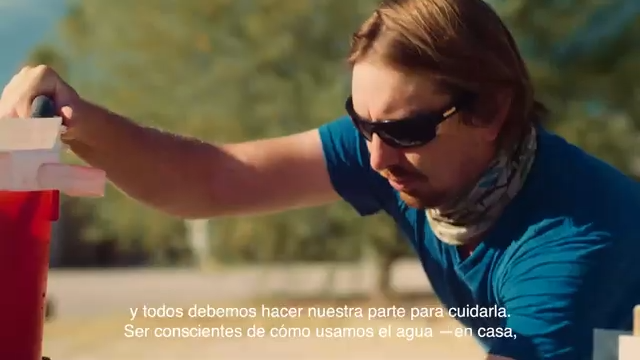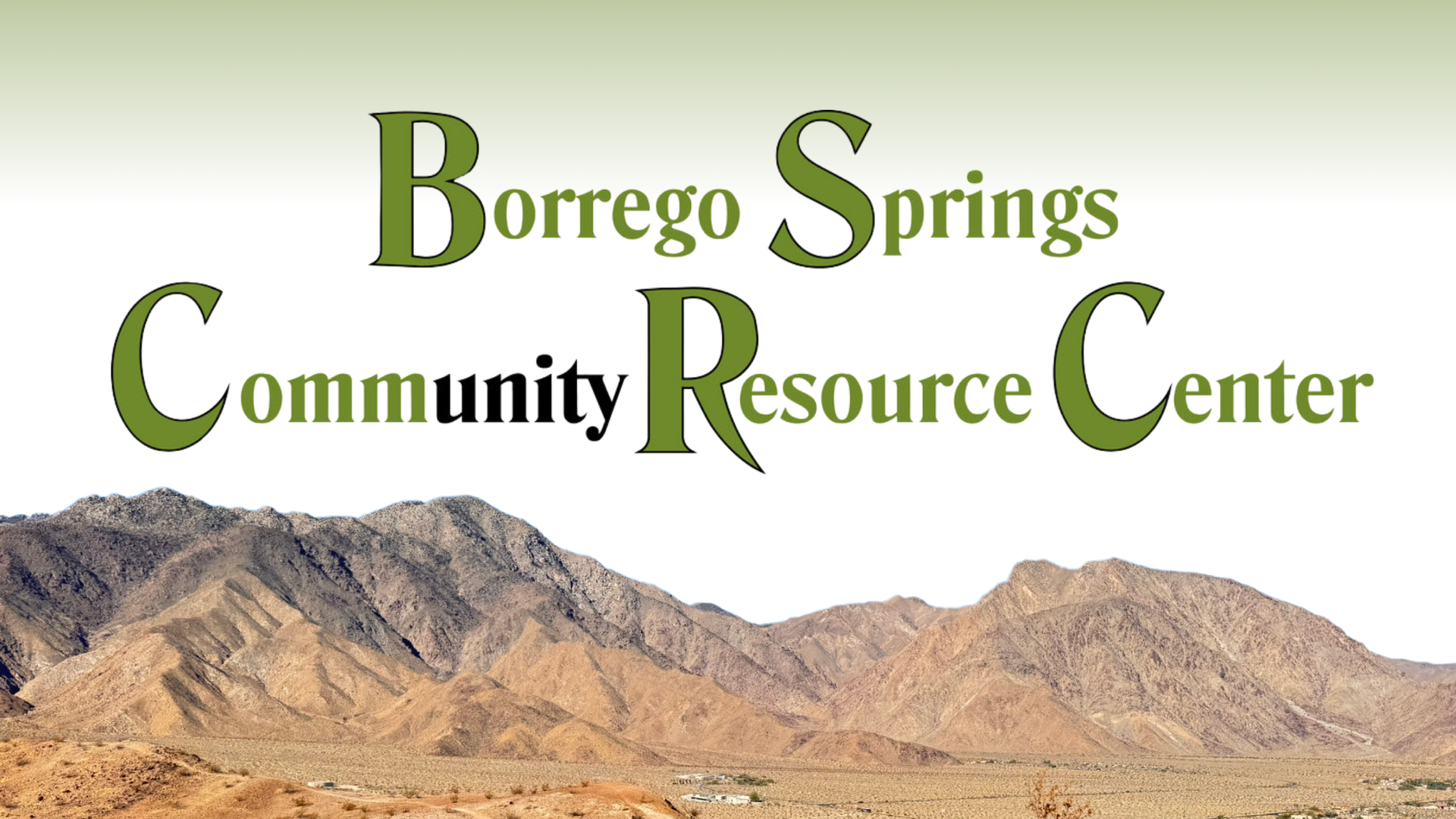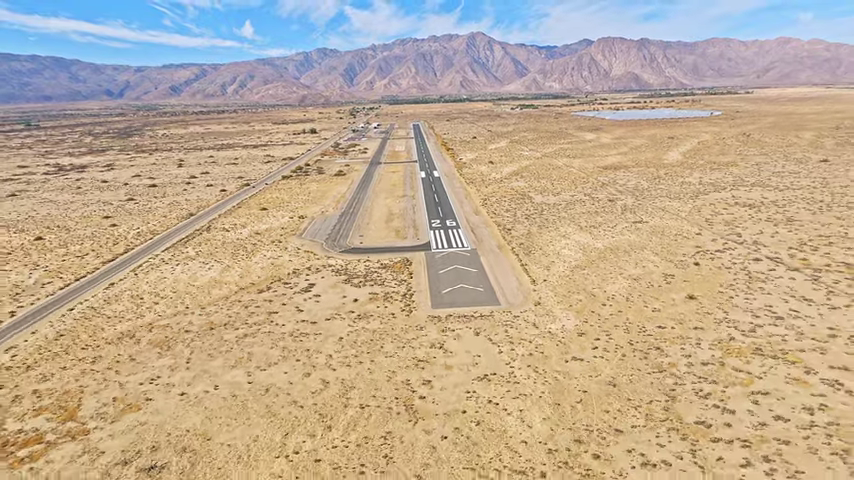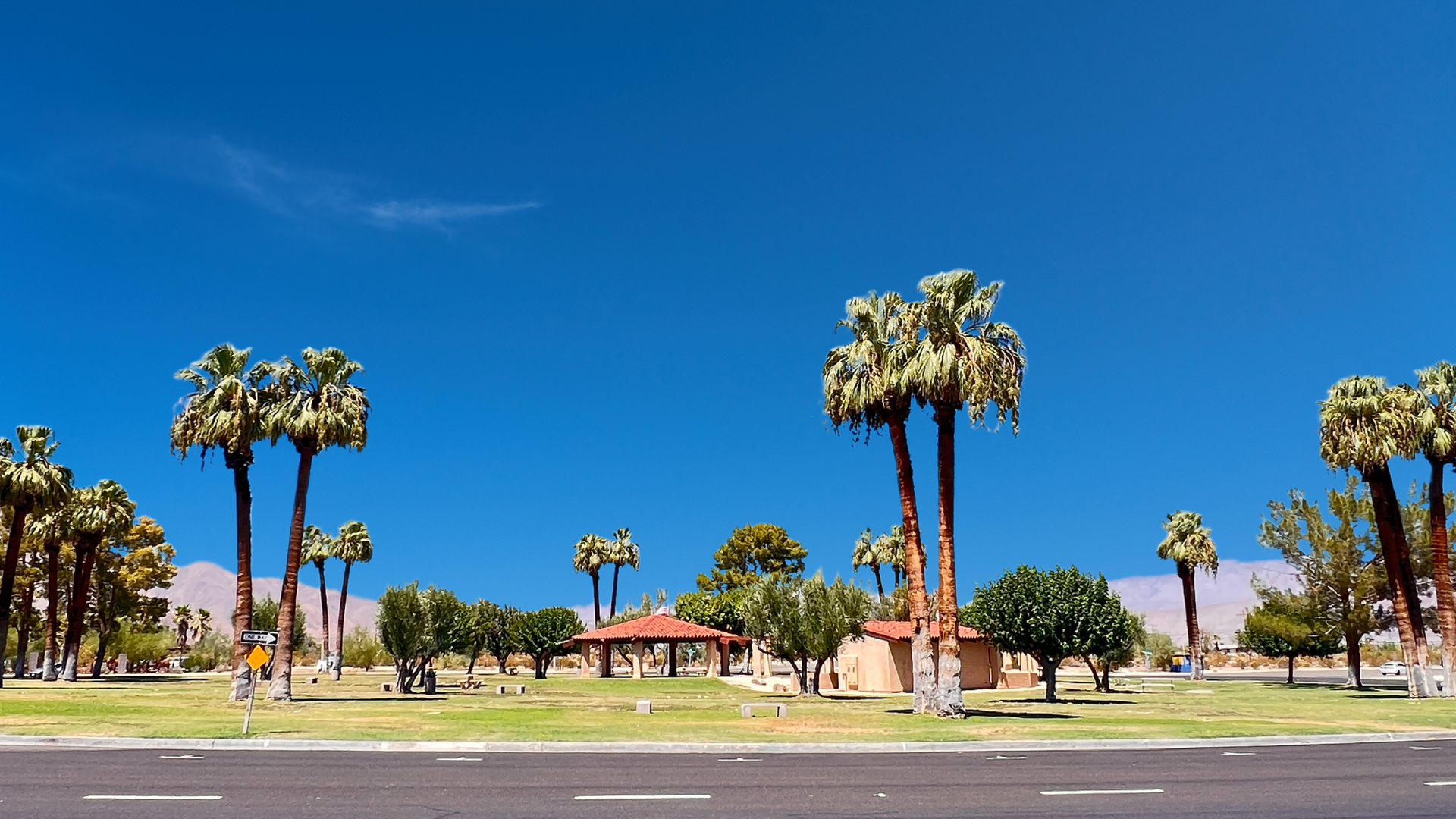Rainbows Spotted Around San Diego County: Borrego Springs
Share
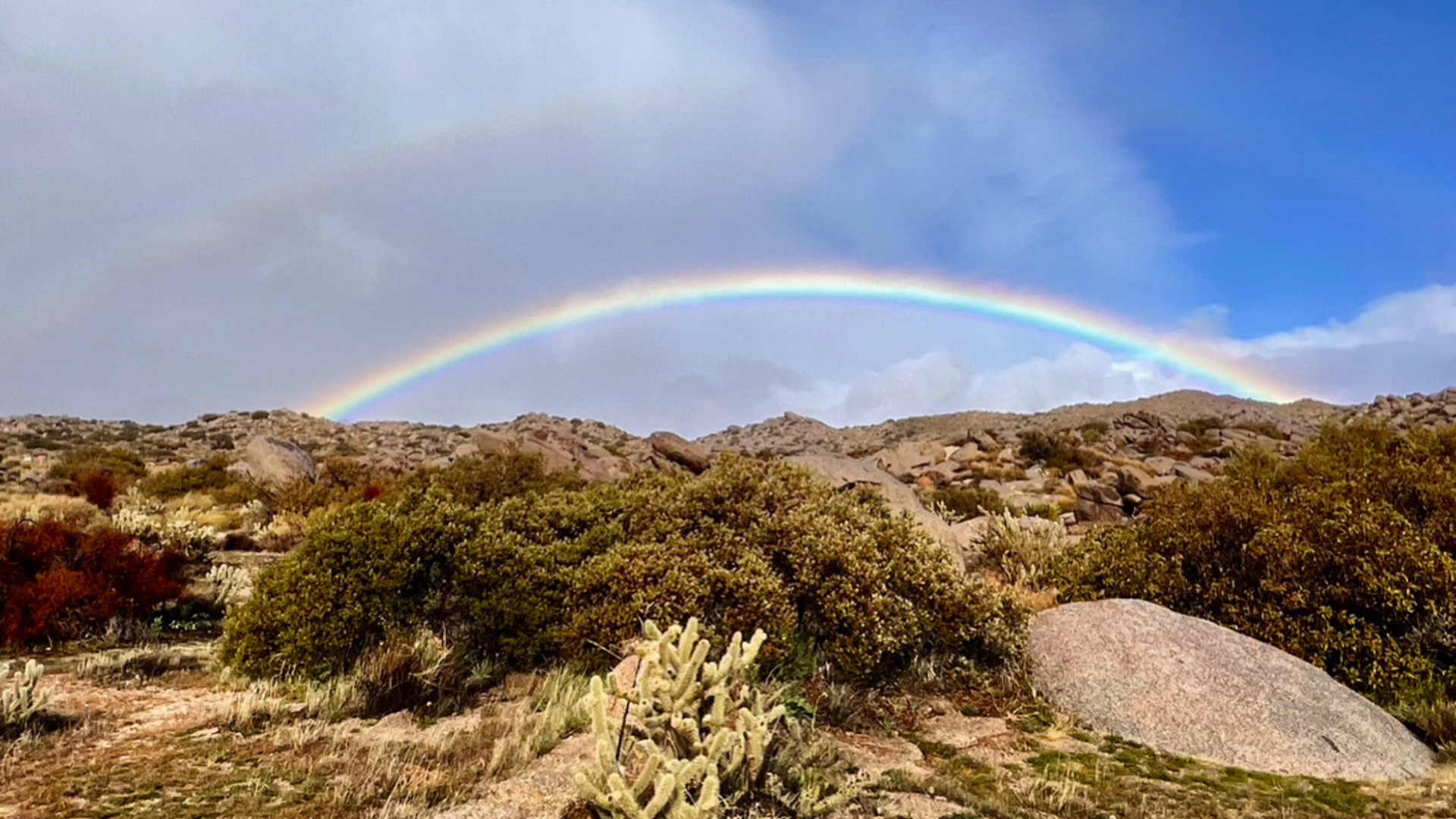
Rainbows All Over San Diego County
In a recent report by FOX 5 San Diego, the skies of San Diego County, including Borrego Springs, were adorned with several stunning rainbows, captivating onlookers. This phenomenon, particularly intriguing in the desert environment of Borrego Springs, is a beautiful reminder of the interplay between weather patterns and natural beauty.
A Spectrum in the Sky: Understanding Borrego Springs' Frequent Rainbows
While rainbows are often thought of as rare in desert regions, Borrego Springs defies this notion with its frequent and vibrant rainbow displays. The recent occurrence of multiple rainbows, including the enchanting double rainbows, highlights the unique climatic conditions of this desert area. The rainbows' presence enriches the visual tapestry of Borrego Springs, adding a burst of color to the already diverse desert landscape.
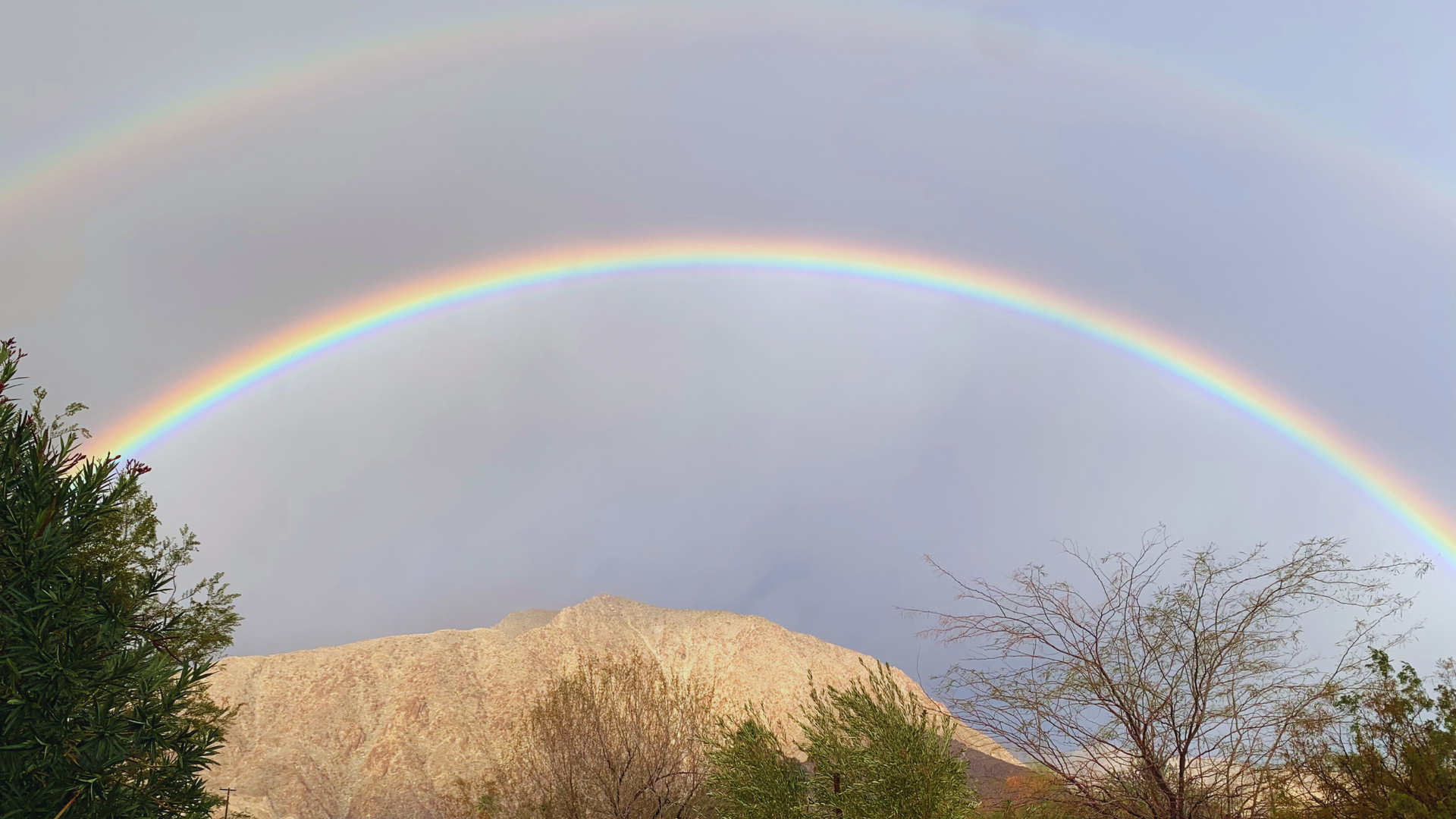
The Science Behind Borrego Springs' Frequent Rainbows
In Borrego Springs, the phenomenon of rainbows, including the breathtaking double rainbows, is not just a rare occurrence but a frequent delight. The science behind these frequent colorful arcs in the sky is deeply rooted in the area's unique meteorological conditions and the physical principles of light.
Ideal Meteorological Conditions for Rainbows
- Light Precipitation: The National Weather Service (NWS) notes that light rain, common in areas from the coast to the desert like Borrego Springs, is perfect for rainbow formation. These light showers create a dispersion of water droplets in the air, essential for the formation of rainbows.
- Sunlight Angle: In Borrego Springs, the angle of sunlight, particularly during the morning and late afternoon, is ideal for rainbow visibility. The sun's position relative to the observer and the rain must be precise, with the sun typically behind the observer and rain in front.
The Mechanism of Rainbow Formation
- Refraction and Reflection: A traditional rainbow is formed when sunlight is refracted (bent) as it enters a raindrop and then reflected inside the drop before exiting it again and being refracted once more as it leaves the drop. This process disperses sunlight into its spectrum of colors, from red to violet.
- Observer's Perspective: The colors and intensity of a rainbow seen by an observer depend on their location relative to the angle of refracted and reflected sunlight.
Double Rainbows and Their Formation
- Secondary Reflection: Double rainbows occur when some of the sunlight is reflected twice inside the raindrop. This additional reflection causes the light to exit the drop at a different angle, forming a secondary rainbow.
- Color Reversal: The secondary rainbow, formed due to the double reflection, displays colors in the reverse order of the primary rainbow. It's typically fainter and positioned at a higher angle in the sky.
Why Borrego Springs Sees Frequent Rainbows
- Climatic Factors: The climatic conditions of Borrego Springs, including its pattern of light showers followed by clear skies, create an environment where rainbows are more common. The presence of sufficient sunlight and moisture in the air is key.
- Geographical Location: The geographical setting of Borrego Springs, with its clear air and unobstructed horizons, provides a wide canvas for the observation of rainbows.
Conclusion: A Blend of Nature and Science
The frequent occurrence of rainbows in Borrego Springs is a beautiful blend of nature's artistry and scientific principles. Understanding the conditions and mechanisms that lead to their formation deepens the appreciation for these natural wonders.

FUN FACT
Frank Morgan, also known as The Wizard of Oz, lived in Borrego Springs, and was named the first honorary mayor in 1948, he must have been reminded of the song “Somewhere Over the Rainbow” when he experience the abundance of rainbows in his beautiful hometown of Borrego Springs, California.



